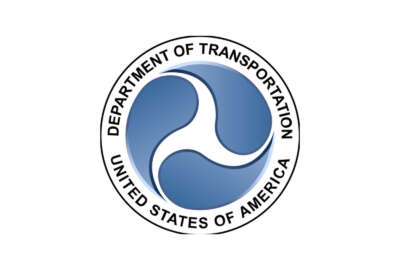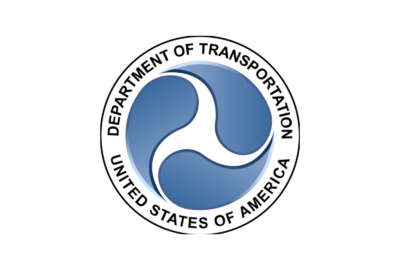
DoT aims to ‘expand, innovate and deliver’ better transportation through tailored financing
An AASHTO Center of Excellence is scheduled to open in Transportation Department headquarters next year. The modernized space will be a collaborative area designed...
The Build America Transportation and Investment Center will have a new home next year. A state-of-the-art facility is scheduled to open in DoT headquarters fall of 2016. Andrew Right, BATIC’s executive director, said the BATIC Institute will have a dedicated, modernized space with updated design features, cutting edge technology and collaborative areas designed to foster the one-stop-shop concept that BATIC embodies as a core principle.
“We are an interactive experience,” Right said. “It’s tailored for each specific project.”
On July 17, 2014, President Barack Obama announced a governmentwide initiative to increase infrastructure investment and economic growth. BATIC was launched under that initiative to engage state and local governments and private sector investors to encourage collaboration, expand the market for public-private partnerships, and make better use of federal credit programs.
“Starting with the transportation sector, the initiative was really supposed to harness the potential of private capital to complement government funding,” Right said. “After that went through for the first year and we started to see some of the effects of even more of an informal program than it started out as, the department decided to formalize the Build America Transportation Investment Center within DoT and really institutionalize some of the progress we were making with the focus on what we call ‘Expand, Innovate and Deliver,’ which is to expand access to the federal credit programs, innovate new ways to get some of these large scale projects done. We think of these as new technology, whether they be interesting ways of pursuing the environmental permitting, interesting ways of looking at finance approaches, and then deliver these projects as quickly as possible.”
Right said BATIC is intervening earlier in project lifecycles, actively helping sponsors navigate and accelerate the often complex permitting and procedural requirements.
But no situation is the same.
“We have to be prepared to deal with a variety of different requests and ways that we can be helpful,” he said. “One of the unique things that we’re going to be doing here [is] not just providing value in terms of making things more efficient in the process but also really giving each project sponsor that comes into the BATIC a single point of contact to navigate the entire process that’s going on — from thinking about public private partnerships (P3s) to thinking about their projects to getting technical assistance to getting environmental assistance, all the way to applying for a credit program.”
One of the options the center helps stakeholders consider is public-private partnerships. P3s are contracts between a public agency and a private sector entity that allow for greater private sector participation in transportation projects. Right said roughly two-thirds of states currently have P3 enabling legislation.
“We tend to think they’re incredibly positive things to do but they may not be appropriate in each specific instance,” he said. “You gotta do one or two and get comfortable with it.”
A common misconception about P3s is that they solve the funding gap, Right said.
“They don’t really solve the funding gap, because if you use someone else’s money to build something you’re going to ultimately have to pay them back,” he said. “I think of them more as a financing mechanism and a procurement mechanism.”
He said it really boils downs to risk allocation and making sure that the party best equipped to deal with the risk is bearing that risk.
“That’s why there are times when they don’t work. If there is uncertainty about a project the private sector is often not the greatest to do that because the private sector will price in that uncertainty,” Right said. “In general, P3s have been very effective ways to not only get a lower cost up front but get a total lower lifecycle cost.”
Right said BATIC helped get a package of 600 bridges in Pennsylvania replaced through a P3 procurement.
“The unique thing was figuring out which of them could be accelerated through the right environmental approvals, figuring out how to bid off these different things,” Right said. “That was something that hadn’t been done.”
“We’re still refining and we may be at BATIC 3.0 by January and 4.0 by the summer,” he said. “We’re going to continue to refine this process until we think we get it right and more efficient. Part of that may be scaling up the number of people that are dedicated to the effort. If we can make better use of existing resources we’ll do that as well.”
Copyright © 2025 Federal News Network. All rights reserved. This website is not intended for users located within the European Economic Area.
Lauren Larson is Federal Drive producer and broadcast operations manager at Federal News Network. Follow @llarsonWFED
Follow @llarsonWFED




